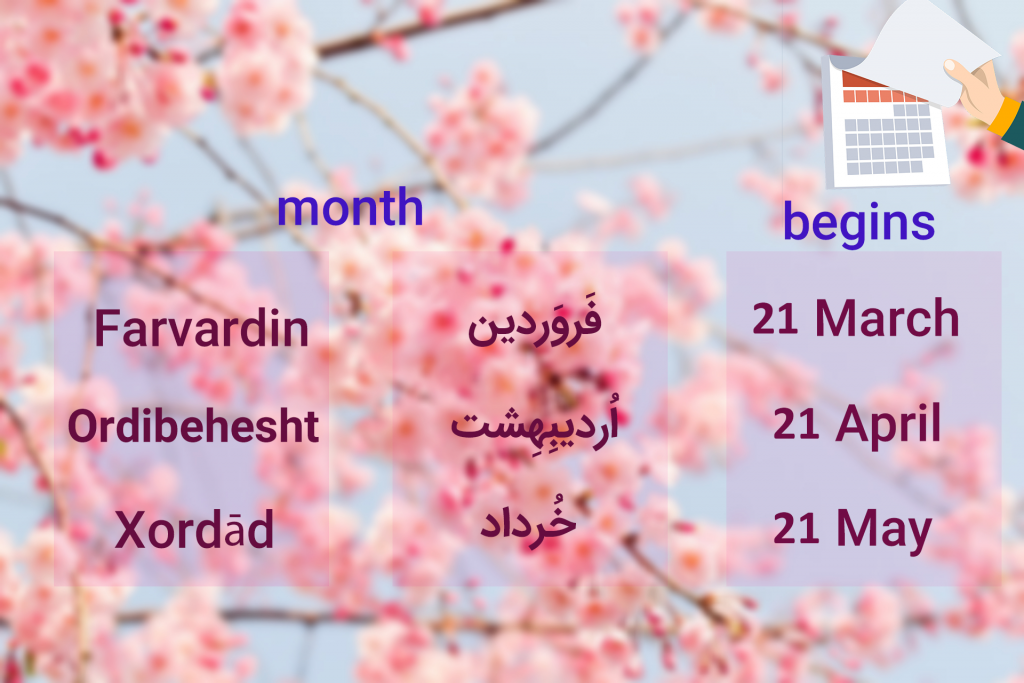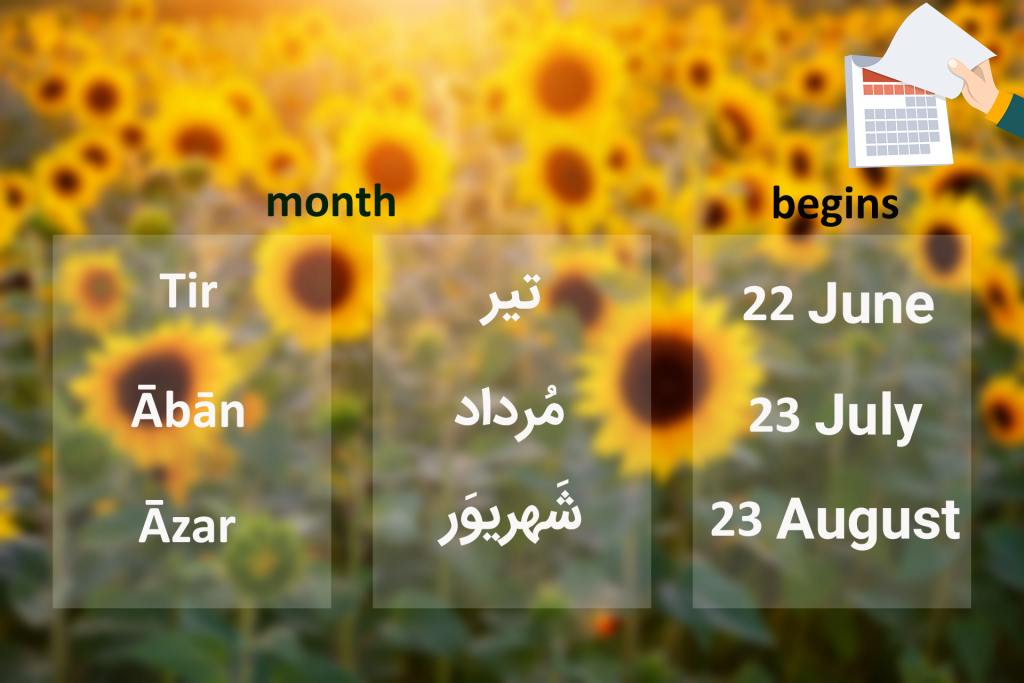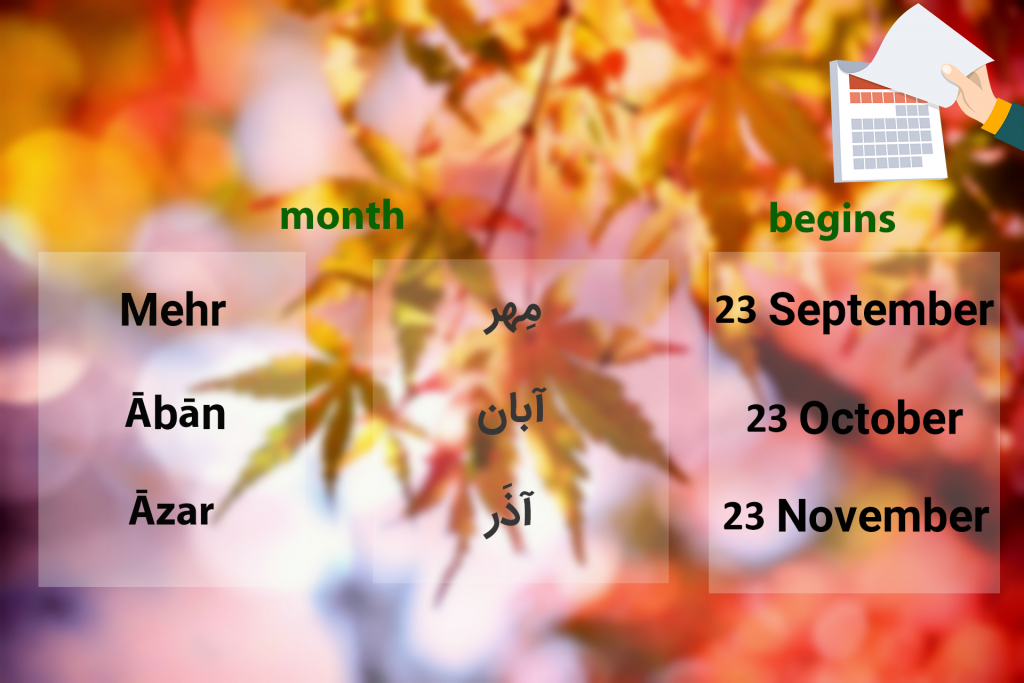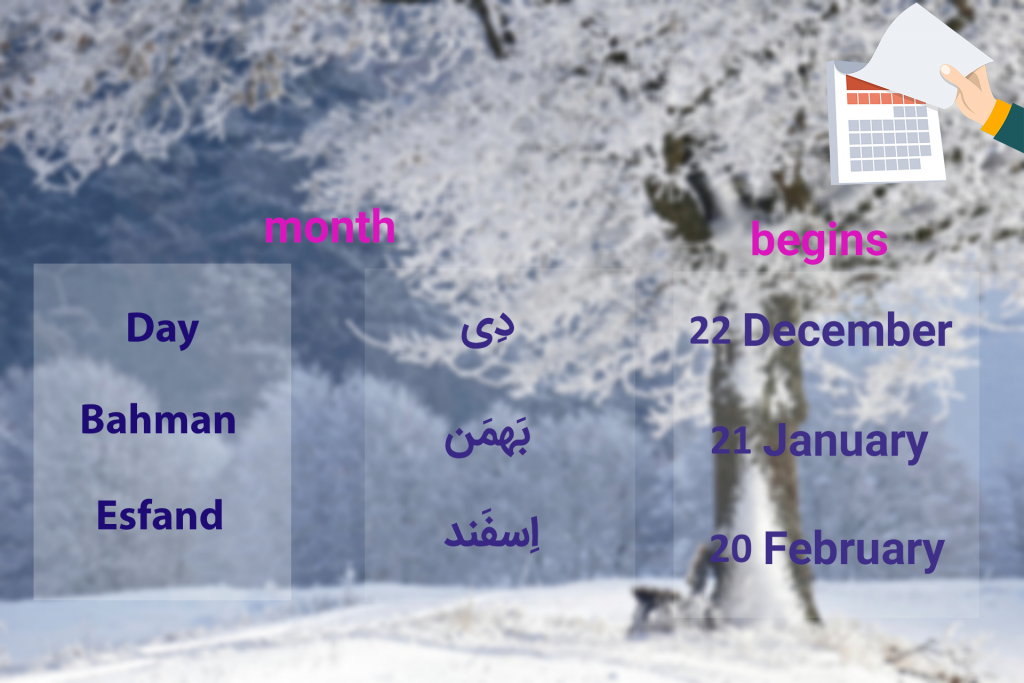The Persian Calendar (Solar Hijri Calendar)
Officially used in Iran and Afghanistan, the Solar Hijri calendar is one of the world’s most accurate calendar systems. It is also known as Persian Calendar, Iranian Calendar, and SH Calendar. This calendar is a solar calendar, meaning that its time reckoning is based on the Earth’s movements around the Sun.
History and Background
The Solar Hijri calendar has been Iran’s official calendar since 1925. In Afghanistan, it was introduced in 1957.
The earliest forms of Iranian time reckoning date back as far as the second millennium BCE. A number of different calendar systems were used in Persia through the centuries, including the Zoroastrian calendar and the Islamic calendar. The first version of the modern Solar Hijri calendar, the Jalali calendar, was developed in the 11th century by a group of astronomers including the Persian scientist Omar Khayyam.
Calendar structure
A year in the Solar Hijri calendar is divided into 12 months of varying lengths. The first 6 months have 31 days, and months 7 through 11 have 30 days. The last month, Esfand, has 29 days in a common year and 30 days in a leap year.
The name of months in the Persian solar calendar originates from Zoroastrian history and the Persian Empire which dates back 2500 years. After the introduction of Islam, the calendar was adjusted to begin with the date at the Prophet Mohammed’s migration from Mecca to Medina in 622 AD.
According to this calendar, a solar year has 12 months lasting 30 days each (366 every leap year).
The New Year begins on 21 March- the first day of the month of Farvardin and the first month of spring. The first day of the new year is called Nowruz, and it is celebrated around the world by Iranian people.





0 Comments